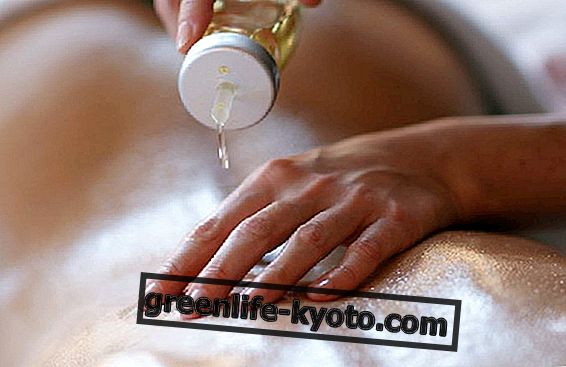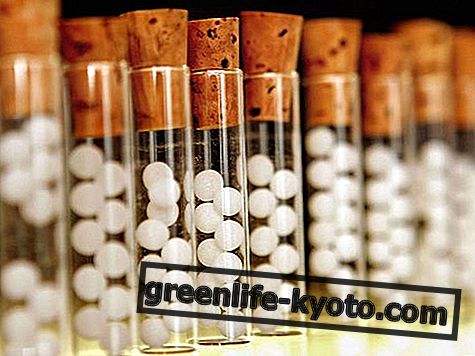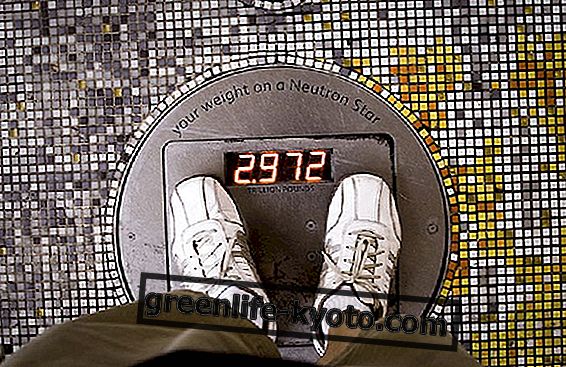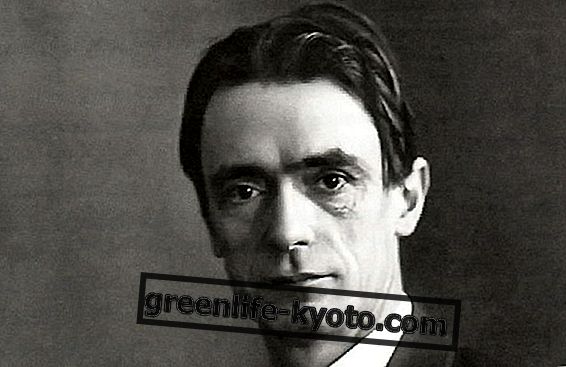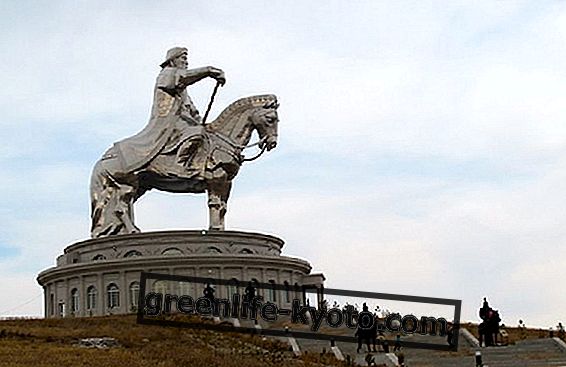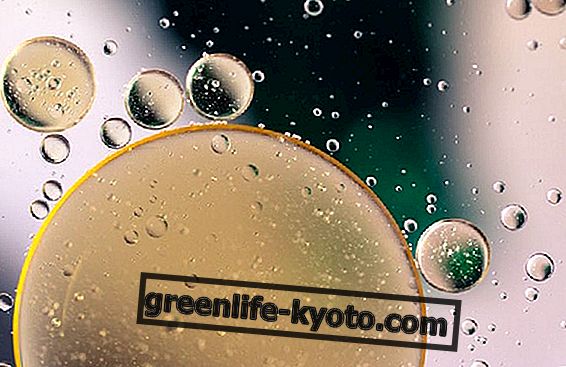
Magnetotherapy is an alternative therapy used to treat wounds, rheumatism, bone fractures, osteoporosis, but does it really work? Let's find out what magnetotherapy is, when it is used, what benefits it would bring and in which cases it is contraindicated.
Magnetotherapy, what it is and how it works
Magnetotherapy is an alternative therapy based on the idea that magnetic fields applied to the body have beneficial and healing effects. Understanding in detail the mechanism by which magnetotherapy should have the benefits it promises is quite complicated, since some concepts are presented in a very simplified way.
The promoters of the practice of magnetotherapy argue that magnetic energy can interact with cellular electrical charges, restoring the resting membrane potential of damaged cells and that the magnets can act on the iron bound to hemoglobin.
For this purpose, in magnetotherapy magnets are used to be applied directly to the areas to be treated and inserted into anklets, wrist bands, knee pads, bands, blankets, insoles for shoes. There are also machines for magnetotherapy with which sessions are held in specialized centers: the sessions last at least thirty minutes and would be necessary from ten to thirty sessions to enjoy the benefits of magnetotherapy.
Magnets used for magnetotherapy can create magnetic fields at low or high frequency: low-frequency magnetotherapy is used to promote calcium assimilation, stimulate bone calcification and accelerate fracture healing; High-frequency magnetotherapy would instead favor circulation, with an anti-inflammatory and pain-relieving action.
Magnetotherapy is an alternative medical therapy not recognized by official medicine and there are no studies that have validated this therapy; however, this is a safe practice and has no side effects; the use of magnetotherapy is however not recommended during pregnancy and is contraindicated in subjects with pacemakers.
Magnetotherapy: does it really benefit?
The promoters of magnetotherapy claim to be able to treat and cure numerous diseases with this practice, especially against bones and joints and skin. As regards the osteoarticular apparatus, magnetotherapy would be indicated in the case of osteoporosis, arthritis, fractures, inflammation and osteoarticular pains such as cervicalgia and lumbosciatalgia.
Magnetotherapy would also be applied in the treatment of skin lesions, sores, edema.
The anti-inflammatory action of magnetotherapy would be due to an interaction between the magnets and the iron linked to hemoglobin: the magnetic field would therefore attract blood to the inflamed area, with an increase in nutrients and oxygen in the area to be treated and a consequent decrease in inflammation of pain and faster healing of cutaneous wounds.
The benefits of magnetotherapy on the osteoarticular apparatus would instead be related to the potential of calcium and would relate to better bone remineralization, responsible for the benefits in case of osteoporosis and fractures; instead, the reduction of pain would be due to the recall of hemoglobin on the sites of inflammation.
As we have said, magnetotherapy is not a therapy recognized by official medicine since there is not enough evidence to prove the effectiveness of this therapy: the magnetic fields used in magnetotherapy would not be powerful enough to have any effect on the organism; furthermore, there is no evidence that magnetic fields are able to interact with hemoglobin-bound iron or with cellular electrochemical potential.
To prevent osteoporosis it is important to follow a balanced diet and carry out moderate but constant physical activity; as regards osteoarticular pains, it is possible to resort to numerous phytotherapic therapies useful for reducing inflammation and pain, among which we mention, as an example, turmeric and the devil's claw; in the same way, inflammations and skin wounds can be effectively treated with natural products such as aloe gel or calendula: before resorting to costly practices that have not proved valid, it would be preferable to use consolidated and effective remedies, in addition to feeding and following an active and healthy lifestyle.
Read also The environment as a therapy >>


